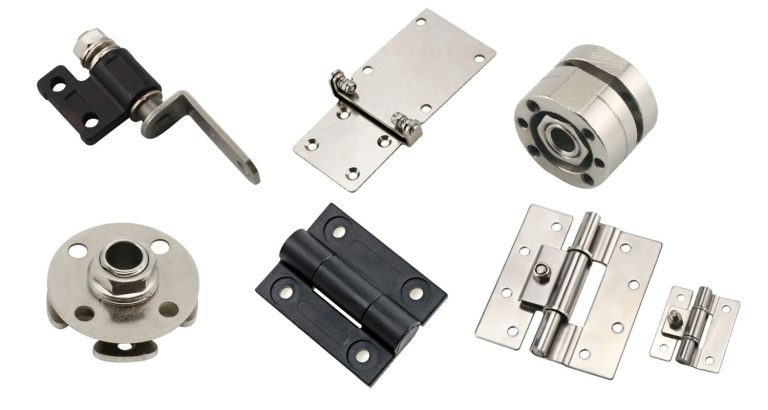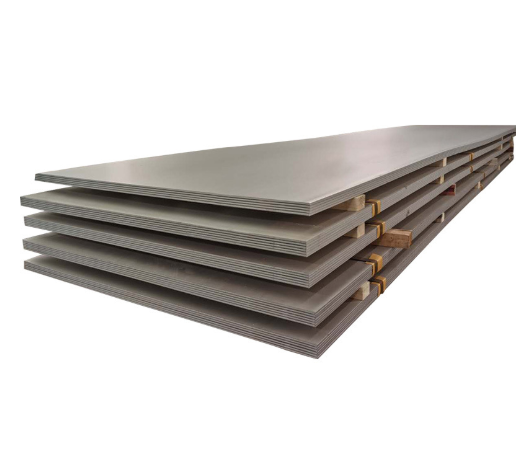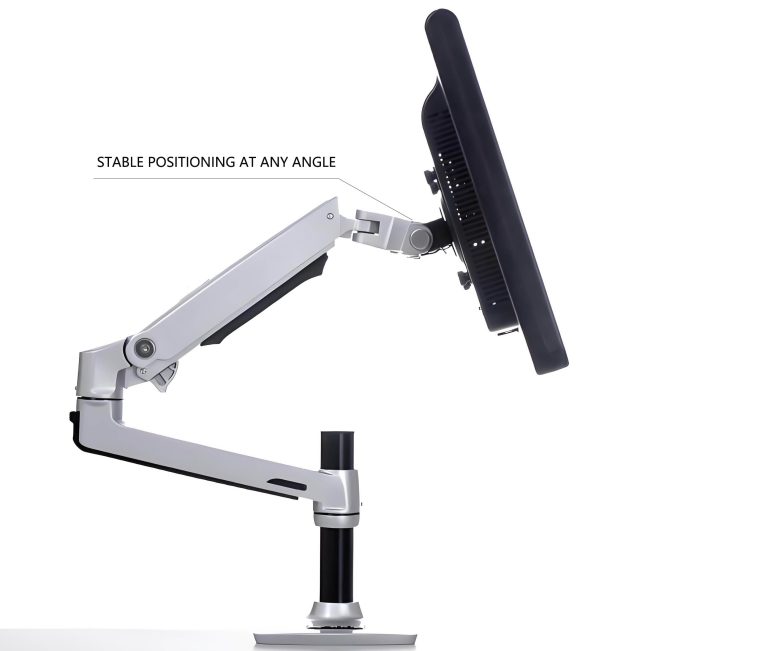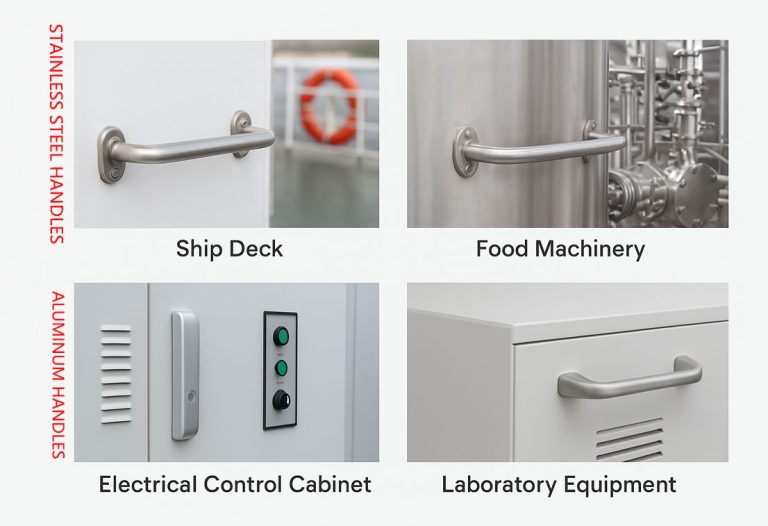HTAN is one of the leading manufacturers of industrial hinges, handles and latches in China.

Concealed hinges (also known as “invisible hinges”) are indispensable components in furniture, construction, electronic equipment and more.
Its design not only enhances product aesthetics, but also optimizes functionality and safety.
In this article, we will discuss the application scenarios, material properties, core advantages, and answer frequently asked questions of hidden hinges to help you fully understand this key component!
Introduction to concealed hinges
I. Core application scenarios of hidden hinges
Hidden hinges are widely used in scenarios that require both aesthetics and functionality due to their “invisible” characteristics:
Furniture
- Closets and cabinets: Eliminate the abruptness of traditional hinges, realize seamless closure of cabinet doors, and increase storage space.
- High-end tables and chairs: the hidden structure prevents clothes from hanging and is particularly suitable for minimalist designs.
Architectural Decoration
- Interior doors and partitions: hotels, offices and other places use hidden hinges to enhance sound insulation and decoration.
- Display cabinets: museums and jewelry stores use their hidden nature to protect exhibits while maintaining visual transparency.
Electronic Products
- Laptops and tablets: make the screen open and close more smoothly and the body thinner and lighter.
- Smart home devices: e.g. hidden camera covers, combining privacy with a sense of technology.
Medical & Transportation
- Medical instrument cabinets: avoid harboring germs and meet hygiene standards.
- Automotive interior: glove box and storage compartments with hidden hinges to enhance the utilization of space in the car.
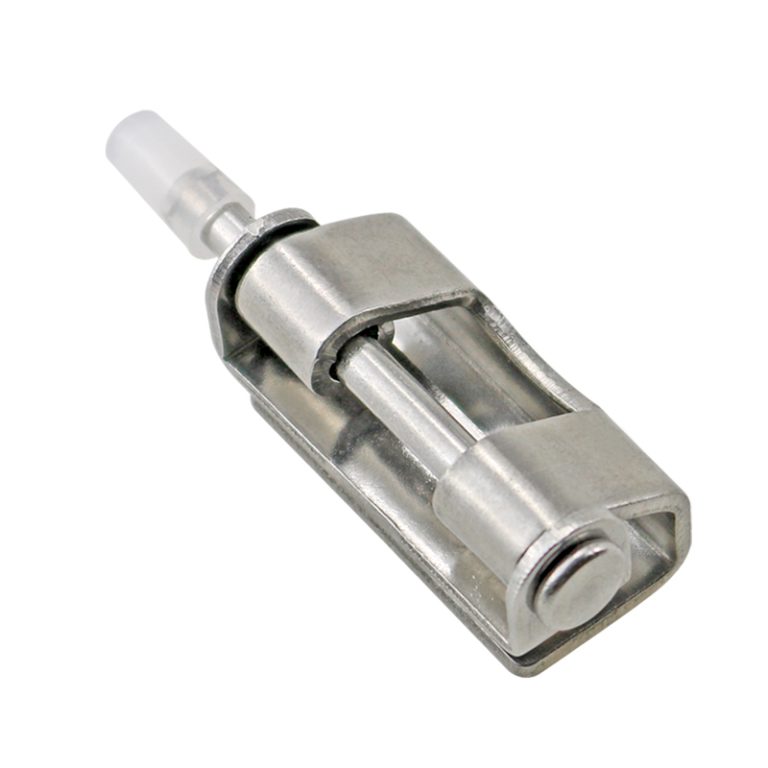
II. Composition and performance of hidden hinges
1. Composition
The durability of hidden hinge is directly related to its material:
- Metal alloy: Stainless steel (e.g. 304/316) or zinc alloy is the mainstream choice, with corrosion resistance and high hardness.
- Polymer material: Nylon or POM (Polyoxymethylene) is used for cushioning gaskets to reduce opening and closing noise.
Key component ratios:
- Stainless steel contains chromium (18-20%) and nickel (8-10%) to enhance oxidation resistance.
- Zinc alloy contains aluminum (3-5%) and copper (1-2%) to enhance structural strength.
2. Physical Properties
- Appearance: The surface is mostly sandblasted or plated, showing a matte or mirror effect.
- Dimension: Thickness is usually 1.5-3mm, support customized design to adapt to different door thickness.
3. Mechanical performance
- Load-bearing capacity: single hinge can carry 5-25kg (depending on specifications), heavy duty hinges need to be fixed with multiple points.
- Opening and closing life: high quality hidden hinges can be opened and closed more than 100,000 times (such as HTAN brand hinges).
- Smoothness: Built-in hydraulic damping or spring structure to realize silent opening and automatic closing.

Three, the five core advantages of hidden hinges
Aesthetics and integrity
Concealed hinges are completely embedded in the cabinet, eliminating exposed screws or metal parts, especially suitable for modern minimalist design.
For example, high-end cabinets enhance the cleanliness of the kitchen with seamless door panels.
Improved safety
No bump design reduces the risk of bumping, suitable for children’s room furniture or public places.
Optimized space utilization
Hinged built-in structure saves external space, and storage cabinets in small apartments can maximize the use of depth.
Privacy protection
The use of hidden hinges in confidential filing cabinets or medical cabinets prevents outsiders from judging the interior of the cabinets.
Increased Durability
Enclosed structure reduces dust and moisture erosion and extends the life of hinges by more than 30% compared to exposed hinges.
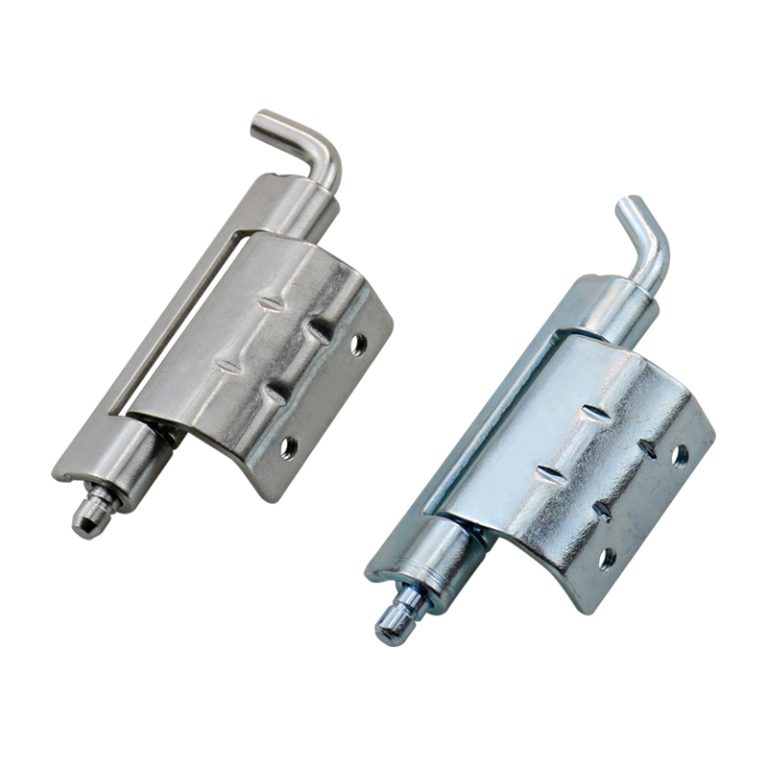
Frequently Asked Questions about Hidden Hinges
How much weight can hidden hinges bear?
Light hinge: 5-10kg (for closet door, small drawer).
Heavy duty hinges: 15-25kg (need to match 3-4 hinges to disperse the force, suitable for solid wood or glass doors).
Tips: Door material and installation angle (e.g. 90° or 170° opening and closing) will also affect the load-bearing performance.
How to install hidden hinges correctly?
Steps: Locate and drill holes → Fix the hinge cups → Adjust the screws to calibrate the door position.
Tools: A 35mm standard hole cutter is required, along with a level to ensure alignment.
Do I need regular maintenance?
Cleaning: Wipe the hinge surface with a dry cloth every six months to avoid liquid penetration.
Lubrication: Add silicone-based grease once a year for high-frequency use scenarios.
Does frequent opening and closing affect the life span?
High-quality hidden hinges (such as HTAN) through the 100,000 times open and close the test, the average daily use of 50 times can work stably for more than 5 years.
What is the price range?
Economy type: US$3-8/pc (made of zinc alloy, suitable for low frequency use).
High-end model: $15-30/pc (stainless steel + damping system, lifetime warranty).
Conclusion
Concealed hinges play a key role in enhancing product aesthetics, safety and space efficiency through their “invisible” design. Whether it’s custom furniture, high-end electronics, or medical and transportation equipment, choosing the right concealed hinge can significantly optimize the user experience. For more information on how to match hinge specifications to your scenario, Ask HTAN for a solution




